4820015653947
Price Quote Get an up to date pricing and availability quote for this product. Order online or over the phone.
Quality Commitment
Serving our customers with quality and safety first.
- AS9120 Certified
- Audited supply chain
- ITAR Registered
- DDTC Registered
- HAZMAT Certified
- Customer service objectives
- Every product 100% inspected

4820-01-565-3947 Specification Set by the OEM (see RNCC code 3)
ball
300.0 pounds per square inch single response
4 way fire hydrant valve, model no longer produced 2008; pyrolite/basalt matl; 75 psi pressure diff; max op pressure 300 psi; lgth 13.750 in; width 13.750 in; 2.500/5.000 in inlet; 2.500/5.000 in outlet; 3800 liters per min; 1500 gallons per min; 3.500 in waterway
water, fresh single response
cross
Cross Reference Parts Part numbers that meet the specification outlined on this page and set by the OEM
Identification Item Identification Guide (IIG) and Item Name Code (INC)
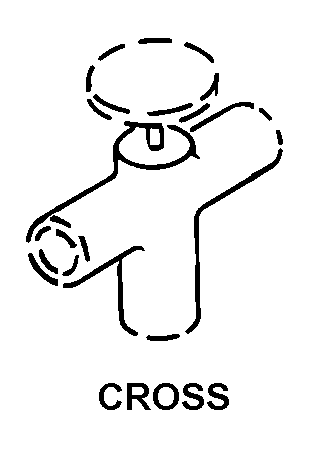

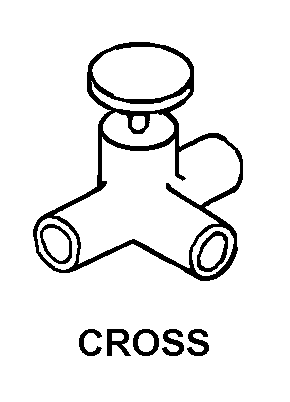
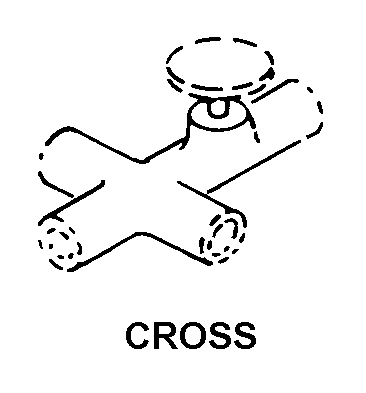
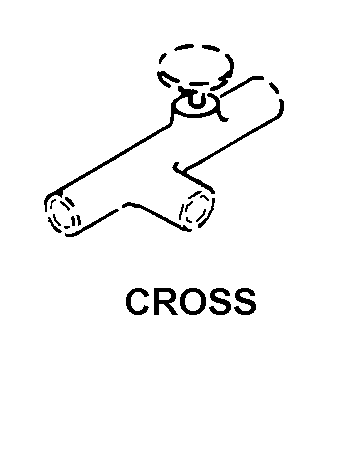
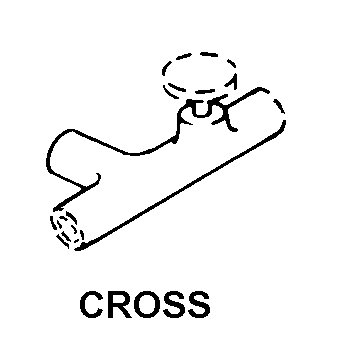
Definition Definition of approved item name (AIN): "VALVE,STOP-CHECK"
A valve with a bolt or stem that may be mechanically actuated to two different positions by rotary or linear motion. In the first position, the valve disk is located and locked against the seat permitting no fluid flow through the valve. In the second position, one side of the valve disk is located against the seat permitting movement of the disk in a manner that will allow a flow of fluid in one direction through the valve. The valve disk may be spring loaded. It may be inline or cartridge (manifold) design. See also valve (1), lift-check and valve (1), stop-lift-check.
4820-01-565-3947 Material Hazmat, Precious Metals, Criticality, Enviroment, and ESD
Indicates there is no data in the hmirs and the nsn is in a fsc not generally suspected of containing hazardous materials.
Item does not contain precious metal.
No known electrostatic discharge (esd) or electromagnetic interference (emi) sensitivity.
Represents items with no adp components
The item does not have a nuclear hardened feature or any other critical feature such as tolerance, fit restriction or application.
Identification Codes
HMIC: Hazardous Material Indicator Code. A one position code that identifies a hazardous item.
PMIC: Precious Metal Indicator Code. A one position code which identifies items that have precious metals as part of their content. precious metals are those metals generally considered to be uncommon, highly valuable, and relatively superior in certain properties such as resistance to corrosion and electrical conductivity.
ESD: Electrostatic Discharge. Indicates if an item is susceptible to electrostatic discharge or electromagnetic interference damage. electrostatic discharge damage occurs when an accumulation of static electricity generated by the relative motion or separation of materials is released to another item by direct contact. electromagnetic interference damage occurs when an item comes into proximity with an electrostatic or magnetic field.
ENAC: Enviromental Attribute Code. Identifies items with environmentally preferred characteristics.
CRITL: Criticality Indicator Code. Indicates an item is technically critical by tolerance, fit, application, nuclear hardness properties, or other characteristics.






